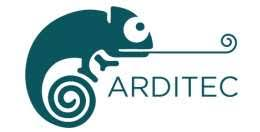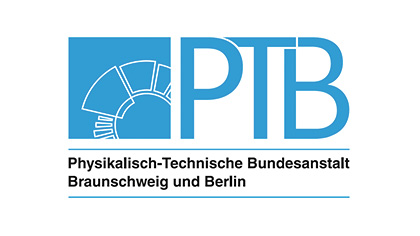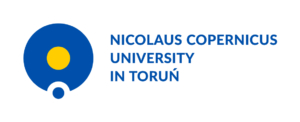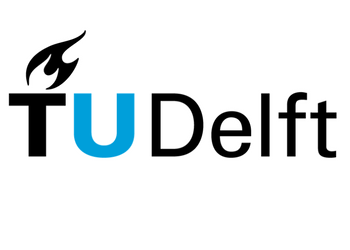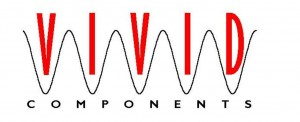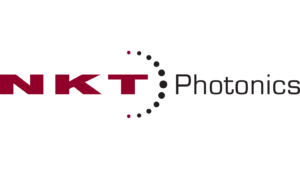SEQUOIA
Sensing using quantum OCT with AI
SEQUOIA will deliver the highest resolution OCT system ever built, protected from noise by artificial intelligence (AI) based OAM control in a real-world application: retinal imaging.
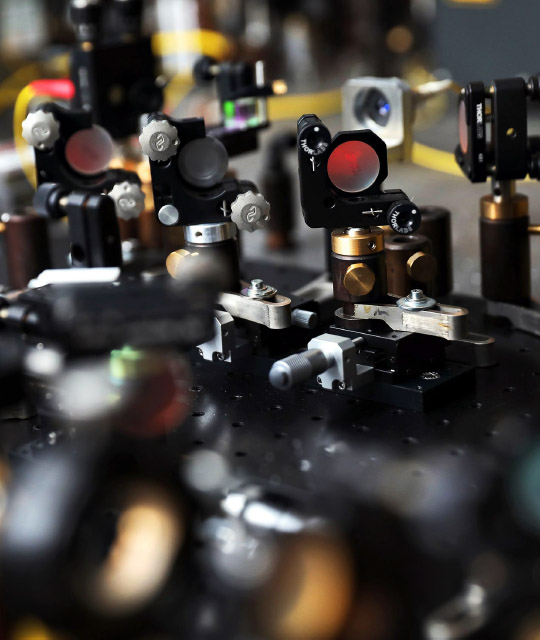
Optical coherence tomography (OCT) is a key imaging technology, especially for ophthalmology, allowing non-contact high resolution 3D imaging which has helped to save the sight of millions of people across the world. OCT developed rapidly since its invention in 1991 but has stalled since reaching the practical axial resolution (dz) limit of ~1 µm (>5 µm for most commercial systems). Quantum OCT (QOCT) offers a step change ×2 improvement in dz together with greatly reduced dispersion. In addition, by controlling the orbital angular momentum (OAM) it is possible to protect the system from environmental noise and deliver improved edge definition, surface profile distinction and discrimination of chiral objects. SEQUOIA will deliver the highest resolution OCT system ever built, protected from noise by artificial intelligence (AI) based OAM control in a real-world application: retinal imaging.
- AI-based algorithms from CVBLab will be used at TUD to program spatial light modulators (SLMs) to encode high purity high-dimensional OAM onto the QOCT beams to increase noise resilience and improve imaging quality.
- Retinal imaging, a vital real-world application (using stable test standards from WWU) will be performed, with automated AI-algorithms (CVBLab) to analyse the images and compare performance with classical OCT.






Partners
